Text
The Great Firewall
The Chinese Government has put into place The Great Firewall, that is part of The Golden Shield Project, which ensures control of data in the country. The Great Firewall is a censorship over the 800 million active uses in China, that prevents political organising or expression and connection to the worldwide web. The only connection allowed from outside of China includes some approved entertainment and commerce.

A keyword search algorithm is put into place, as well as human censors who monitor content that algorithms miss. These people, employed by the government, also spread government propaganda by creating posts that are seemingly from any regular user. These human censors are known as the 50c Party, named after the rumour that they are paid fifty cents for each post or comment they produce or regulate.
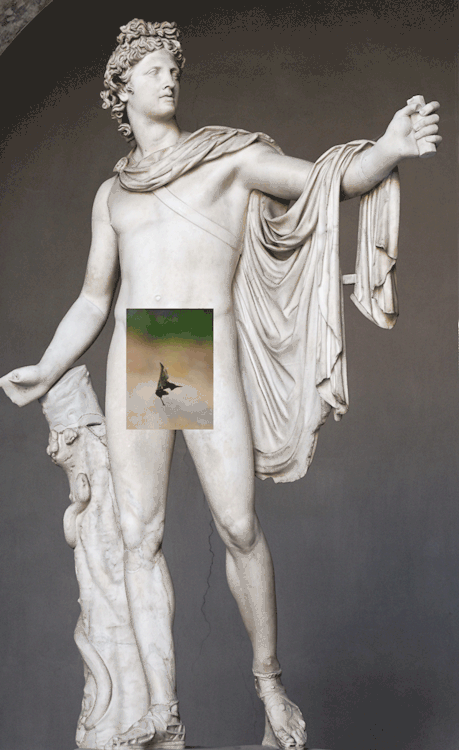
Although it appears extreme to Westerners, young people in China are content with their own social media.They have developed copycat platforms such as Youku (YouTube), Renren (Facebook), and Baidu (Google). Their strategy is to clone platforms and then block them.
Censorship is normal, but when a lack of censorship occurs, is when something is amiss. For example, a train crash occurred and the government allowed five days of freedom of speech online regarding this issue. Only for the rail minister to be sacked and sent to jail soon after. In this case, public opinion was the perfect excuse to punish him.
Two economists surveyed Chinese college students for 18 months and discovered that they were indifferent about having access to uncensored and politically sensitive information. There was little interest and the survey concluded that the censorship is not only effective in blocking certain information but it fosters an environment in which citizens are not motivated to seek that information in the first place.
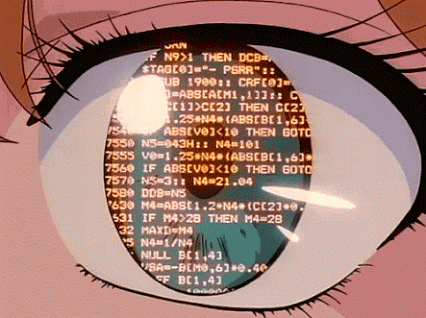
The youth in China are also coming up with their own language on social media to get around the censorship. Instead of using plain text and plain language, they are turning to socially innovative audio posts, visual posts, and remixes of different mediums which communicate in-jokes and memes. The Government find it difficult to decode these messages and take a while before they understand what’s being said. By the time the censorship catches on, users are using a different set of memes.

5 notes
·
View notes
Text
Crowdfunded Art
For many of those in the creative industry, especially those in the early stages of their career, earning a reliable income is a rarity. The most common source of financial support would usually come from prizes or government funding, but even then these sources are still limited.

Social media’s ability to connect people around the world has given rise to different forms of collaboration, including crowdfunding. Crowdfunding allows projects to reach completion by raising funds for it, through the contributions of a large number of people (amount decided by backer and usually a relatively small amount).
The pooled resources also address barriers to access, as creators are able to reach out to large and captive international audiences at a low cost. Due to the freedom given to backers, they can choose not to spend too much, however their contribution is still meaningful to them as they feel part of the effort.
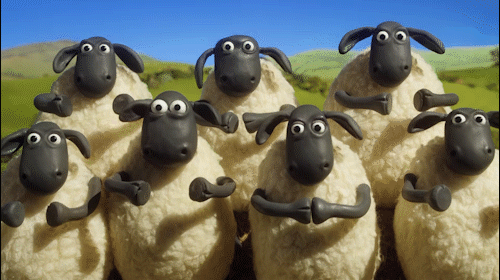
The Australia Council for Arts has reported that crowdfunding actually has the highest success rate among all other funding sources. Its success rate is also the same for men and women.
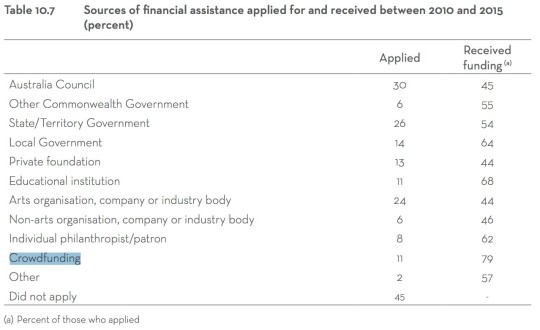
Despite this success rate, artists/creators are still hesitant with turning to crowdfunding. There is an underlying worry that they are exhausting their family and friends’ (who might feel guilty if they don’t contribute) with posting crowdfunding announcements. The Australian Cultural Fund Manager, Aneke McCulloch, says that this worry is unproductive because there’s always new people to reach out to that will be interested in their potential work.
Creators are encouraged to seek out crowdfunding and target the audience for them, including those outside their immediate circle.

Kickstarter is a website launched in 2009 with the mission of helping bring creative projects to life through crowdfunding. Kickstarter emphasises community on a global scale and around 164,036 projects have been successfully funded.
The largest Kickstarter art project raised was by 20,000 backers, raising $1.3M, to distribute art at The Women’s March and for events beyond. Kickstarter has fuelled projects such as film, web series, museum exhibits, and public art installations.
Another website, Patreon, implements a different take on crowdfunding. Creators are able to build membership businesses. It works as supporters subscribe to one of the many membership tiers (E.g. $1 per month, $3 per month, $10 per month etc) creators set up, with each tier allowing different benefits for different levels of engagement with the creator.
The more expensive the tier, the greater the content accessed. Content such as exclusive posts, videos, behind the scenes, bonus content, IRL meetups, and community chats.
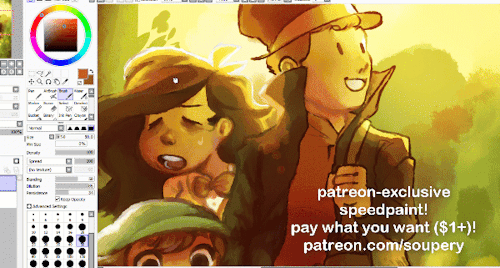
This innovative take on crowdfunding allows predictable revenue for creators, greater/personal connection between fan and creator, exclusive benefits to mega fans. The most basic plan for creators costs them 5% of their monthly income plus payment processing fees. However, Patreon provides support and advice/resources to guide them in setting up their page and tiers.
As the Internet allows more and more collaborative work, creators who in the past who have struggled to earn money with their art, are now being given tools to operate modern and innovative business.
#MDA20009#crowdfunding#patreon#kickstarter#artists#creative industry#creatives#creators#art industry#funding
0 notes
Text
You’re on the internet, what do you expect?
Social media’s ability to give users the freedom to connect to the wider world and gain instantaneous exposure is lauded as technology advancing our democracy. However, this technology also enables aggression and hate speech to spread online.

There is now a push for online threats to be equated to matters such as domestic violence, as technological violence is becoming more prevalent and severe.
Suzanne Fernandes, Malkia Cyril, and Elinor Lloyd Philipps have faced extensive online abuse, but social media platforms and the police offer little help.
Fernandes called out a member of the far right on social media for racism and since then has been constantly attacked online, enduring violent threats regarding her and her family. She’s alerted the platforms and accounts have been taken down, only to be replaced by new ones within minutes. She also admits that reporting to authorities only led to more abuse.
Cyril manages Black Lives Matter Facebook groups and has to work with the onslaught of racist, misogynistic, and homophobic remarks. She identifies the failure of the tech industry to have a diverse workforce, hence their policies allowing racism and online bullying.
Upon Lloyd-Philipps’ complaints about experiencing sexual harassment, the common response she would receive is: ‘You’re on the internet, what do you expect?’. Despite increased awareness, there is still a lack of seriousness in the public’s perception of online abuse.
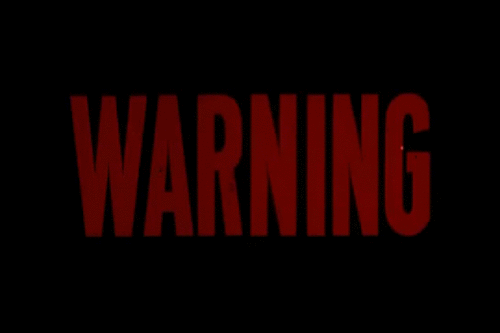
It is no wonder platforms aren’t pressured about setting stricter regulations. Twitter has enforced a hateful conduct policy which bans dialogue promoting fear and violence, while still allowing white nationalists on the platform. Twitter has successfully eradicated ISIS but struggle with white nationalism because it would affect republicans. There is a leniency because moderation still performs under the societal norm of free speech and isn’t entirely algorithmic. People tweeting jokes is also common on Twitter, especially with the alt-right embracing irony, allowing them to get away with it.
Platforms remove posts using what is called hash technology. Online content is fingerprinted with a unique set of pixels to produce a numerical identification tag. The ID tag, or hash, is placed into a database. So, whenever a post matches against the database, it’s blocked. In theory, it’s effective, however there is still a lot of grey areas and vague limitations in defining what’s inappropriate. Users alter their posts to prevent an ID tag match or customise their message, so it doesn’t appear directly offensive. This is just for public posting and doesn’t consider the implications of private messages.
Although there is more awareness for cyberbullying and regulation, perpetrators have learned to avoid getting caught or to simply create multiple accounts. The issue of online abuse is still taken lightly, and the onus is still on the victim to be a more cautious user. This attitude needs to change and online violence should be understood like physical violence. Platforms need to be more clear-cut with what they do and don’t allow, and ensure they implement these policies without bias.
0 notes
Text
Online Activism
I was first introduced to activism on my social media newsfeed years ago. Even today, I find that I am still exposed to the latest activist campaigns and current social issues via social media.
Criticism from scholars and even from the people I follow online, I’m aware that there are major faults and at times, superficiality, when it comes to online activism. A lack of commitment and real effort constitutes what scholars refer to as ‘slacktivism’. This slacktivism is most commonly attributed to a lazy generation (the youth), who would apparently only take part in activism to impress friends; creating an illusion for others and themselves that they have generated meaningful impact.
It’s interesting to note that Fred Clark and Dwight Ozard, who claim to have coined ‘slacktivism’ in 1995, had intended the phrase with a positive connotation. Their definition of the phrase referred to bottom up activities by young people to affect society on a small personal scale. So, I find it ironic that critics use a term to belittle online activism and that term actually encapsulates why I still find online activism effective.
Jennifer Earl acknowledges the apathy present in online activism, but she also states that making small changes online shouldn’t be shamed because it only turns away younger people from any initial involvement and promote future disengagement. Earl also argues that people who participate in flash activism are potential allies who should not be driven away because of the likelihood of them joining future efforts, with greater involvement.
To ward off and judge people who are new to activism is counterproductive to the purpose of activism– to get as many people educated and involved in bringing about change for the betterment of society.
Critics equate the effectiveness of online activism to immediate change, but I think widespread awareness and education enables citizens to be better informed when voting during elections and be better/more mindful consumers. It also brings issues to the forefront of citizens’ minds, bringing immediacy, so that when they are in a position to act/donate, they have the motivation to.
For example:
An article from The Guardian was tweeted with a comment, which was then screenshot and shared on Tumblr. This is an example of networked publics in action, with broadcast media (The Guardian) prompting civic discussion, connecting users to the centre (source), and to other users.
The commentary with detailed knowledge provides insight to other users, motivating them to react emotionally to the news. This brings the issue forward to public attention, fostering some resistance and a number of supporters if a group was organised to oppose building plans.

The following posts are examples of how online culture is becoming more self-aware.
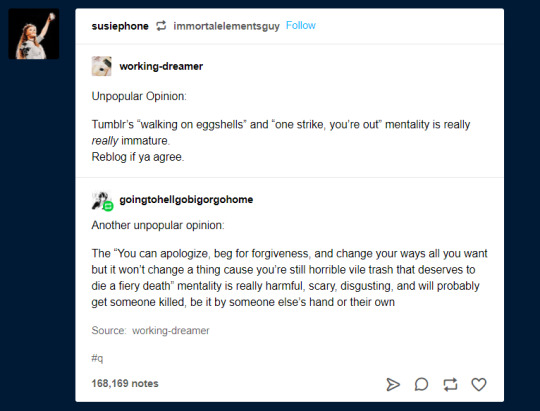
This post comments on ‘cancel’ culture prevalent online. It promotes a mature attitude when it comes to calling out problematic actions. This relates to users who make mistakes online when trying to be politically correct or when trying to speak on a sensitive topic.
The following two posts comment on the ‘not all men’ response to the #metoo movement.

A government issued awareness video was shared with a tweet commenting on its importance. The video by itself may be effective but when users highlight the relevance of its content, it increases its effect.
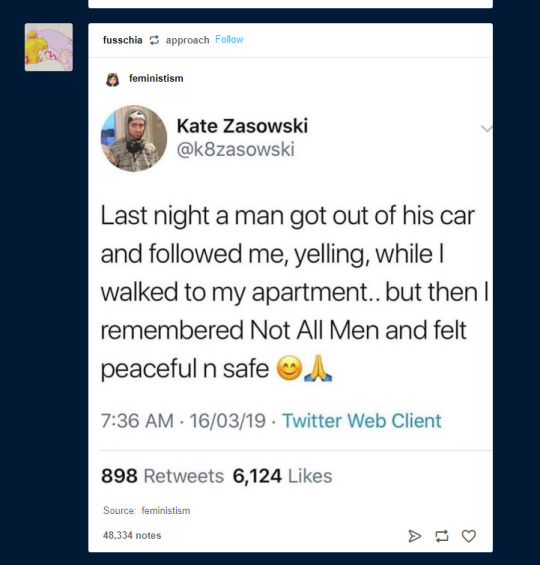
A sarcastic take to prove the ‘not all men’ response is inadequate at the face of what #metoo is trying to convey.
The subtlety in online activism adds to online dialogue, refines it, and educates people all over the world, about the minor and major injustices in other countries they would otherwise not have known about. Online activism also welcomes activists who are still learning and reminds us about how much progression has been made and also what still needs attention and improvement in society.
#MDA20009#official post#online activism#activism#activist#me too movement#metoo#not all men#macchupicchu
0 notes
Text
Political Profiles
Alexandria Ocasio Cortez, an American congresswoman for New York, is who comes to mind when I think of politicians successfully using social media for reach and influence. Headlines describe her as someone with all the social media clout and the millennial that beat a political veteran.

(Image from her Instagram)
Terri Towner states that social media enables politicians with fast and cheap communication, without mainstream media influence. AOC utilises this advantage, with her 3 million followers on Instagram and 3.79 million on Twitter. She displays professional and candid photos, connects with and critiques other politicians, and thanks her supporters. She upholds a grassroots and 100% people-funded campaign, thus the need for her online profiles to be accessible and updated for her supporters.
Especially with the term millennial as being intrinsically linked to being well-versed with social media and the Internet, AOC delivers the public’s expectations of her as a millennial congresswoman championing the collective effort of lower to middle-class people.
She describes her Instagram as a personal account in her bio, however, the majority of her photos relates to her campaign.
From Instagram:


She is going door to door, greeting people, on the field. She hi-fives a woman who is elevated, with AOC reaching to her, visually representing her service to the people.
This image is taken from her campaign’s website:

AOC speaks to a crowd of people with diverse racial backgrounds. She isn’t on a stage but speaking on the concrete footpath with a portable speaker. AOC is levelled with her audience, portraying that she is grounded and amongst the people that she represents.
Gunn Enli dissects the Clinton and Trump campaigns for the 2016 US presidential elections and concludes that Clinton constructed a professional profile, while Trump utilised an amateur, yet authentic approach. AOC balances both professionalism and authenticity.
For example, this viral AOC tweet:
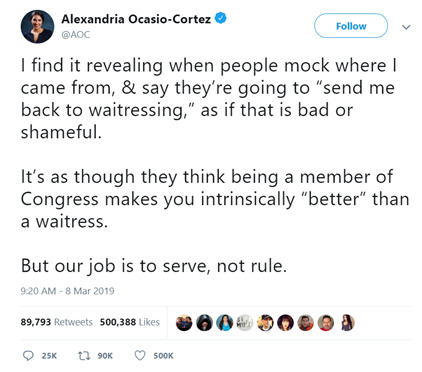
I’ve seen this on my Twitter feed, as a screenshot on my Tumblr feed and my Instagram feed. AOC comments on a personal matter while reflecting on the nature of her job.
There is research showing that interactivity and personalised online culture positively impacts citizens’ perspective of political engagement, actually bringing them a sense of closeness to politics. This is evident as AOC utilises the Questions feature on Instagram stories. She has offered up personal tips with handling stress, her skincare routine, how she runs an effective campaign, and her inspirations for public speaking.
This array or information, personal and professional, facilitates what Danah boyd describes as an ecosystem of peripheral connections through various microdata. The microdata of AOC’s personality, consistently expressed on her platforms, to remind people that she’s relatable and inspiring. These reminders of her likeable personality and outstanding work ethic is then embedded into the forefront of voters’ minds.
2 notes
·
View notes
Photo
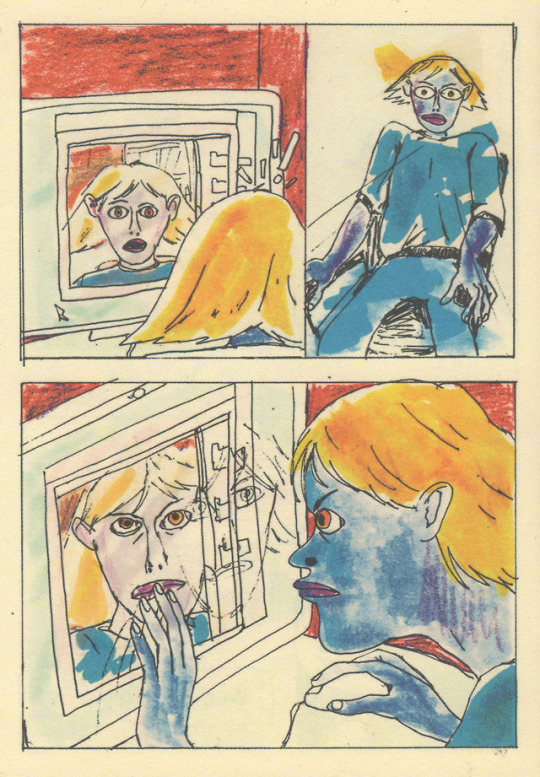
#I like this comic! it points out the alarming differences and also the fundamental connections between our IRL self and our online self#reblog
252 notes
·
View notes
Text
Social Blogging Network
Today’s social media platforms embody characteristics derived from early forms of blogging.
My understanding of early blogging is how Walker Rettberg (in ‘Blogging’) describes Justin Hall, one of the 1994 blogging pioneers, as an online diarist. Blogs are personal or heavily authorial accounts of a variety of topics which Rettberg describes as incorporating ‘interlinked stories’ that accumulate over time. This allows the blogs’ readership to keep up with its progression as it relates to everchanging current events.
Eugenia Siapera (in her book ‘Understanding New Media’) deduces three main features of social media: to create, download, and share content, to build a personal profile, and to connect with other users. Bloggers can achieve these activities on their websites, by publishing their content and making it available to their readers to consume and share. The strong authorial voice within blogs and its personalisation also enables readers to get to know the bloggers. Blogs are thus inherently social. Rettberg states that bloggers write with the expectancy that they have a readership, no matter how small of an audience. Earlier forms of blogging may not have the comment sections yet, but early blogging provided users with an outlet to publish their own commentary.

Rettberg also discusses how the development of technology and the commonisation of smartphones with built-in high-quality cameras have led users to prefer sharing and reading shorter forms of text and a variety of images instead of lengthier content. Today’s social media users want bitesized Information. It’s easier to go through a user’s Instagram or read tweets than read paragraphs of an article they’ve written. However, users with Instagram and Twitter still have the same expectations of a “traditional blogger��. They expect an audience and aim to have a constant theme or personality evident from their posts.

Tumblr shares many characteristics with Instagram and Twitter in its easily consumable content. It also recalls the accumulative feature of traditional blogs and allows longer posts with text, GIFs, videos, and images to reach virality. Elspeth Reeve, in ‘The Secret Life of Tumblr Teens’, states that the uniqueness of Tumblr culture stems from reblogging. Reblogging allows any user to repost, add to it, and like it. Any activity regarding that original post is tallied into ‘notes’, which is the ever-increasing number that travels with the post all throughout Tumblr. The reblog feature allows users to band together, in partial anonymity, to approve of posts. The most relatable posts are given the best platform boost – the more relatable, the more reblogs.
There are various communities or niches on Tumblr, and as Reeve discusses: the platform’s strategy lies on advanced emotional intelligence. Tumblr culture depends on whatever social group a user identifies with/follow. These groups are equivalent to what Axel Bruns and Tim Highfield, in ‘Is Habermas on Twitter? Social Media and the Public Sphere’, refer to as ‘thematic public sphericules’. Within these sphericules, more meaningful interactions (e.g. discussions, private messaging) can be made, or at least familiarity with other users that reblog similar posts within the sphericules.

Tumblr interactions exemplify Mark Granovetter’s explanation (Siapera in ‘Understanding New Media’) of networks expanding through many weak ties. Users don’t have to be following the original poster to come across their post. The users in the notes section don’t all know each other. The anonymity and norm of users reblogging posts of people they’ve never interacted with before, allow this expansion of network. Thus, creating what Danah boyd, in ‘Participating in the Always On Lifestyle’, refers to as the ecosystem of peripheral connections through a variety of microdata.
Although Tumblr is more often known as a ‘blog’, it is also a social media platform. It is evident that blogging is a form of social media and the aims of blogging also reflect that of social media – to share personalised content to others and display accumulated content on an accessible place online.
1 note
·
View note